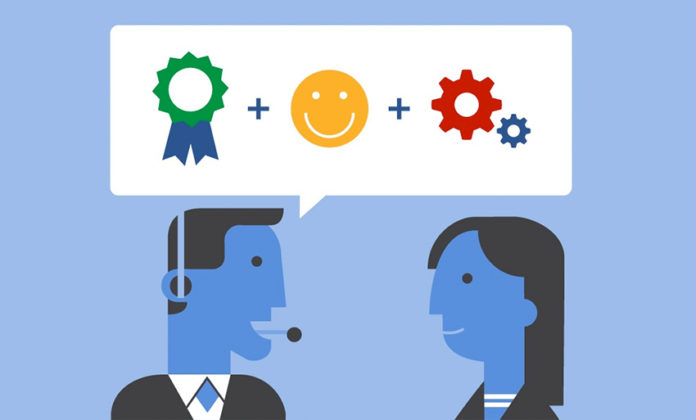Although storytelling has been called a ‘new trend’ in sales for years now, it has actually always been an essential part of any successful transaction. A story presents a problem and its solution. Storytelling in consultative sales is about making the problem relevant to the consumer and finding its perfect solution. It shouldn’t come as a surprise then, that the best salespeople are the ones who can weave a story into their sales process.
The Science of Stories
People are always looking for an emotional high, which is why they love stories so much. Dr. Paul Zak of Claremont Graduate University conducted an experiment to understand what happens in the brain as it processes a story and how it affects their desire to spend money. His team presented subjects with a story about an embattled young boy and studied the neurochemical activity before and after. They found that hearing the story caused the subjects to produce more cortisol and oxytocin. Cortisol is a stress hormone that causes people to ‘focus their attention’ on a matter while oxytocin is an ‘empathy’ hormone that causes feelings of care and concern. When the subjects were given money after the story Dr. Zak found that they were more likely to share larger sums with others compared to those who did not hear the story first. Ergo, being empathic towards the story made people more likely to share their money.
This combination of hormones is exactly where a salesperson wants to take their potential customers during a sale. The customer’s challenges become the plot and the salesperson’s offering becomes the resolution. Therein lies the question, how to go about building this story effectively?
The Art of Persuasion
Any good story, fiction or nonfiction, looks to persuade the reader of something. This might be as simple as convincing the reader to root for the protagonist or as complicated as changing their stance on an important public issue. Regardless, there must always be something at stake for the storyteller to keep their story interesting. This is very highly applicable to the sales process, where the salesperson is looking to persuade the customer that a particular product is what they need.
Aristotle broke down the concept of persuasion into the three forms we still use on a regular basis: Ethos, Pathos, and Logos. Ethos refers to the storyteller’s credibility. In other words, in order to be persuaded by someone, it is important to have a reason to believe what they are saying. Once the Ethos is established, persuasion comes from Pathos and Logos. Pathos refers to using emotions to appeal to the reader and Logos refers to using logic and reasoning to persuade the reader. Ethos, Pathos, and Logos combined with a fantastic narrative make for an compelling story (and sale)!
Real-Life Application
The simplest way to define the parts of a story is to split it into the beginning, middle, and end. The beginning aims to introduce the story, the middle is in charge of the build up (causing the release of cortisol), and the end sees the story reach a high point (causing the release of oxytocin).
The process of storytelling can be used to describe each step of a sale. The beginning of the story is best used to gain credibility by invoking Ethos. This is where the salesperson introduces themselves and talks about why they are fit to guide the customer in the purchase process. The middle can be used to zone in on the customer’s problem (the reason they are shopping). This is about understanding exactly what they need using Pathos to reveal the underlying emotions involved. Moving into the end, the salesperson may show the customer various options and use Logos (reasoning) to hash out the pros and cons of each before choosing the perfect one at the time of the purchase. Finally, of course, comes the much coveted sale.
Here is an example:
John decides to shop for some jewelry for his wife and ends up working with Sally. Sally is very experienced with helping customers find their perfect piece and begins by asking John about the occasion for the gift. Learning that the gift is for his wedding anniversary, Sally launches into a story about a similar customer from the prior week who found the perfect piece of jewelry by browsing their newest selection.
John is now convinced that Sally knows how to help him the same way and begins to talk more about what his wife likes as well as how he plans to mark the occasion of their anniversary. Collecting the information, Sally continues to learn more about the emotional value of the gift as she mentally narrows down her inventory to the perfect few pieces.
Mentioning the emotional significance that each may have to John, she displays each piece and begins reasoning their pros and cons based on price, quality, and features such as warranty. Soon enough, John picks the perfect necklace for his wife and Sally successfully completes another sale.
Beyond the cortisol, oxytocin, and Greek philosophy, it all comes down to how well a salesperson can appeal to the customer’s emotions. Making a big purchase often results in an emotional roller coaster, but a good salesperson can smooth out the ride by crafting a compelling story.





